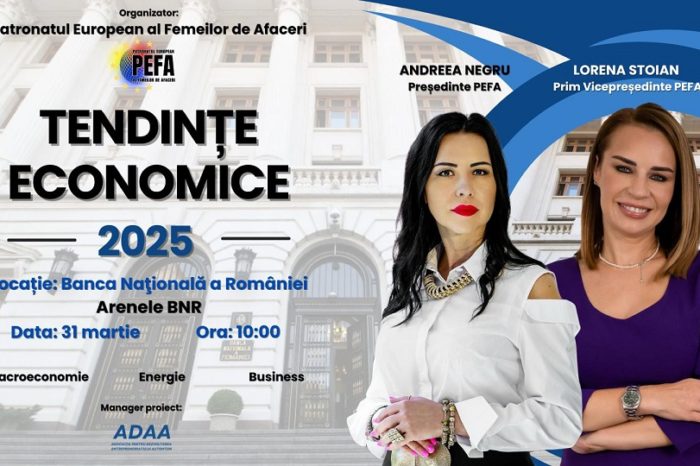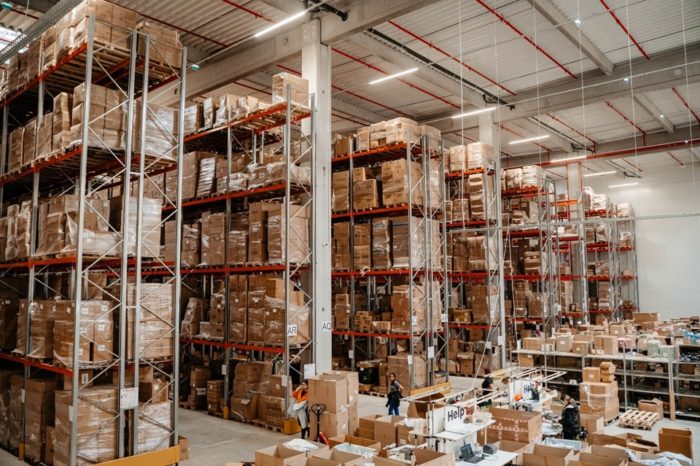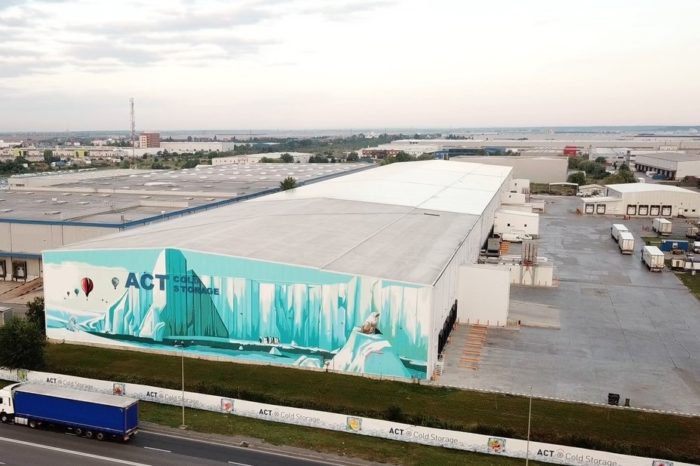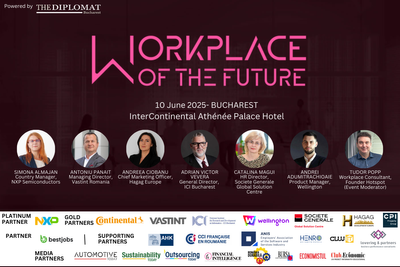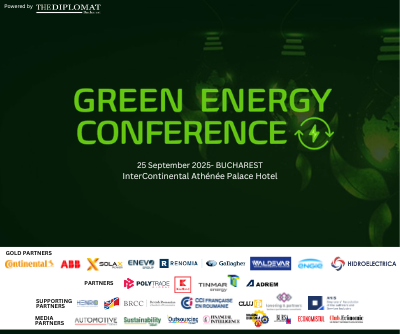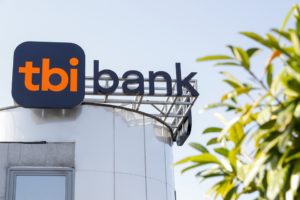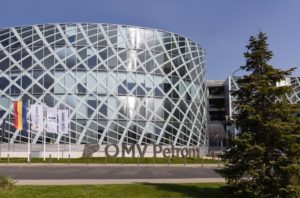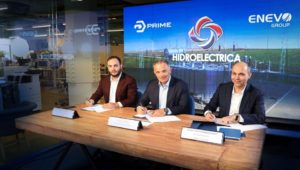Adrian Huma, ING Bank: “Green loans will ease the transition to a low-carbon economy”

“I strongly believe Romania is well positioned to further develop its automotive sector, both through growth of existing businesses but also by attracting new important names. We already witness the relocation of activities from Western Europe which is the proof that Romanian auto sector has some strengths,” Adrian Huma, Sector Head Automotive, Transportation and Logistics, Wholesale Banking, ING Bank Romania told Automotive Today.
“The Government should incentivize the investments in new technologies, ideally attracting a large investment (a third OEM plant or a very large investment from a tier one supplier – batteries or other components such as sensors or even software).”
How do you see the evolution of the Romanian automotive industry during the COVID-19 recovery?
There was already a quite good recovery among both local OEMs (car producers) and tier one suppliers, following the resuming of demand on the market. While many of the OEMs reached already or are close to pre-Covid production levels, tier two or tier three suppliers experienced difficult times during pandemic. However, if the recovery trend will be maintained, then 2021 should bring a complete recovery also for them.
I strongly believe Romania is well positioned to further develop its automotive sector, both through growth of existing businesses but also by attracting new important names. We already witness the relocation of activities from Western Europe which is the proof that Romanian auto sector has some strengths. And the main motivation is not the cheap workforce (in fact, lately, we started to remove this label – practically the workforce became scarcer and more expensive), but the skilled workforce.
There are also downsides, as lack of proper infrastructure – and this will remain a weakness unfortunately for several years. Regarding vehicle sales, I expect to reach again pre-Covid levels in 2022-2023, depending on how fast the pandemic will end. While there was a strong recovery in Q3 this year, with the second wave effects, most probably, 2021 will still lag behind 2019 volumes. Leasing business will naturally follow a similar path, although the recovery of the car leasing industry will lag a little bit behind the evolution of total vehicles sold.
How should Romania react to the electrification trend?
There would be three main directions. Firstly, the government should incentivize the investments in new technologies, ideally attracting a large investment (a third OEM plant or a very large investment from a tier one supplier – batteries or other components such as sensors or even software). Secondly, the development of the infrastructure for electric chargers, as I believe people will not just buy enough electric cars if the infrastructure is not there – efforts should be done mainly from the private sector, with some form of support also from the government. Thirdly, the state should continue to incentivize the acquisition of environment friendly vehicles.
How can green loans finance the transition to a low-carbon economy and what are the benefits of a green loan?
Easing the transition to a low-carbon economy should be a concern for each of us, as it is a responsibility not only for our children but for the Earth ecosystem as a whole. This concern is present now for more and more people and companies.
Green loans are meant to support this new way of thinking. What is a “green” loan and how does it work? There are activities that are naturally decreasing carbon emissions (such as recycling, green energy, production of electric/ hydrogen vehicles, sustainable agriculture, construction of carbon neutral buildings) and activities which do not have as main result a lower carbon emission (most of them in fact), but in which something can be improved in order to achieve this as a side effect (a new technology, new mix of raw materials etc).
Green loans (and sustainable financing, generally) are thought to support these two types of activities, by offering some benefits in addition to a standard financing product. If an activity is not naturally sustainable, but an adjustment could lead to a certain improvement of its print on the environment, than a set of KPIs can be created in order to measure how this improvement is achieved. Upon fulfilling these KPIs, a bonus/ reward is offered to the company (usually a decrease in the loan cost). If the KPIs are not fulfilled, the company is paying that bonus to the lender (usually an increase of the loan cost).
It is very important that the beneficiary of the loan has the achievement of those sustainability targets as his own purpose. Consequently, the green loan will only help to maintain this purpose on track, as the bonus should not be perceived as a primary motivation by the beneficiary. Therefore, we could say that green loans are carrying benefits on both the ethic (supporting a cleaner/ healthier world) and material (lower cost) sides. And all the above will apply also in case of a green bond.
How important is sustainable financing to ING?
ING is focused on integrating sustainability into the business and can make its biggest contribution to a sustainable future through financing. ING is recognized in the market as a leading organization regarding the climate change actions.
To steer our lending portfolio in line with the well-below two degrees goal of the Paris Agreement, which is our main objective in climate measurement, we are testing, developing and applying various methodologies that allow us to accurately measure and subsequently steer towards climate targets and support the transition of our clients to a low-carbon society. This strategy is called our Terra approach and each year, ING publishes a report concerning nine of the financed sectors of activity, identified as being responsible for most greenhouse gas emissions.
How does supply chain financing work? How can it help the automotive industry?
Interestingly, this product was created for the automotive industry, where supply chain is quite complex and long, and where liquidity pressure is going down from the OEM level to the most remote parts of the supply chain. Usually, a buyer with a good rating and of a large size will have the natural tendency to further improve its credit metrics and “squeeze” the supply chain below him by offering longer and longer payment terms. If this needs to be financed, the supplier will usually go with that receivable to a bank and secure a loan, based on own merits, meaning paying an interest according to its rating.
In case of the supply chain financing, the bank (or other provider) is making an arrangement with the buyer to offer financing for any supplier which might need to cash in sooner its receivables against that buyer, once accepted by the former as good for payment. Basically, the bank is buying that receivable, like in factoring, but trusting the ability and willingness of the buyer to pay. The interest level is usually lower than in the case of factoring due to lack of insurance and the good rating of the buyer. Moreover, no credit analysis is made for the supplier as the arrangement is based on the buyer rating. It is a win-win arrangement, where the buyer can obtain a longer payment time and the supplier can get instant access to liquidity at better costs and regardless of its credit rating.
What automotive segments do you think will have the biggest growth in the upcoming years?
I would expect energy storing technologies (batteries) to attract the attention of investors, both for electric cars and fuel cell powered vehicles. Also, production of sensors and radar systems, including for objects and people recognition, will most likely have an important growth.
Then, it will be software production, including autonomous driving and everything related to Artificial Intelligence. In the medium term, it could be also the new generations of propulsion systems and why, not alternative fuels, as combustion engine might not have said its last word yet.
About Adrian Huma: Currently heading the automotive, transportation and logistics sector in ING Bank Romania, with 20 years banking experience in credit risk, lending and customer relationship. Passionate about healthy lifestyle, with a diploma in nutrition and regular amateur participation in triathlon and running competitions. And, certainly, passionate about cars, fast but environmentally friendly.
Source: Automotive Today

